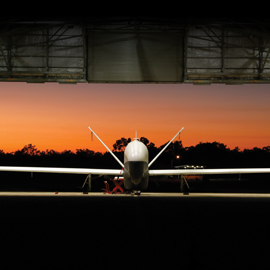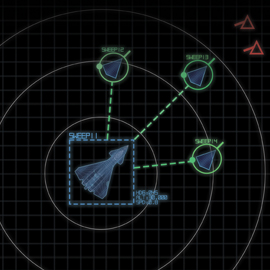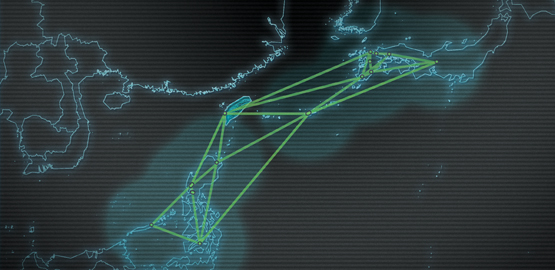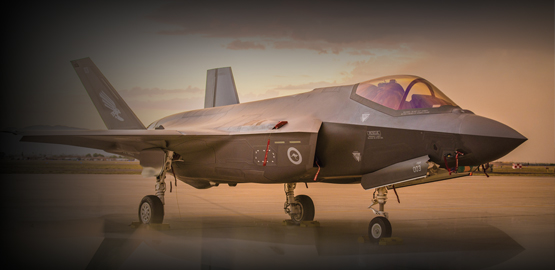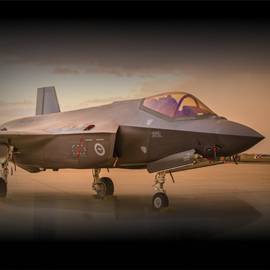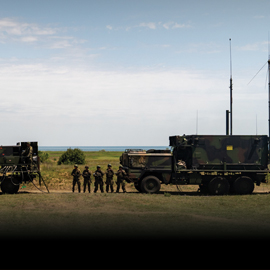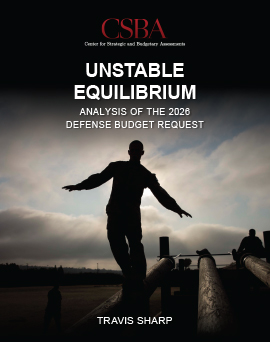
The fiscal year 2026 Defense Department budget request, supplemented by reconciliation, would restore the upward drift in defense spending that has persisted for a decade as U.S.–China military competition has intensified. By following that pattern, the budget may appear to be on a well-grooved course. In actuality, it is an unstable equilibrium among contending ideas and factions within President Donald Trump’s governing coalition.
In Unstable Equilibrium, CSBA Senior Fellow and Director of Defense Budget Studies Travis Sharp analyzes the unresolved tensions that exist over defense strategy, the budget’s size, and investment priorities. He highlights the apparent incompatibility between a prioritization strategy and a 2026 Pentagon budget near $1 trillion fueled by 9.5 percent real growth. He also identifies the risks created by reconciliation and the base budget request, emphasizing different spending areas.
Sharp then assesses options for structuring the fiscal year 2027 Defense Department budget. He recommends a bigger base budget plus a supplemental to avoid the severest implementation and political risks while providing a focused signal of U.S. commitment to preventing Chinese aggression. As a sizing benchmark, he suggests $1+ trillion. That amount would make headlines as a big number. As far as adjustments go, however, it would be more incremental than radical. By steadily increasing resources with bipartisan support, the United States puts itself in a strong position to defend its interests in long-term strategic competition.
This report is the 40th in a series of annual budget analyses published since 1983 by CSBA and its predecessor organization.







